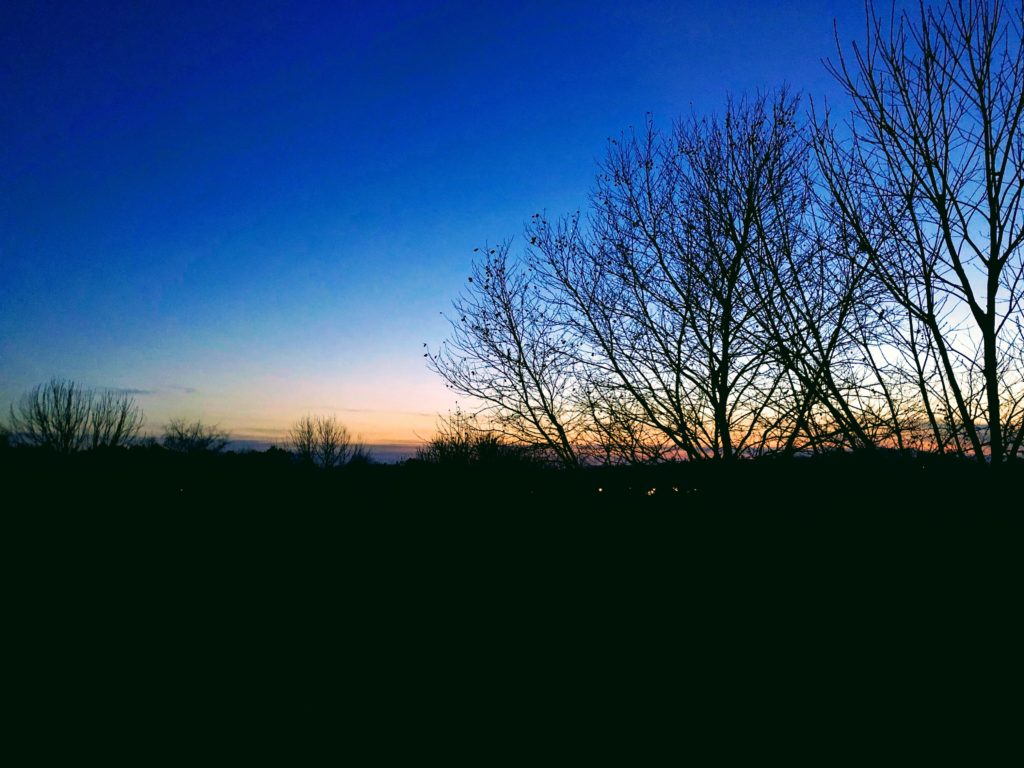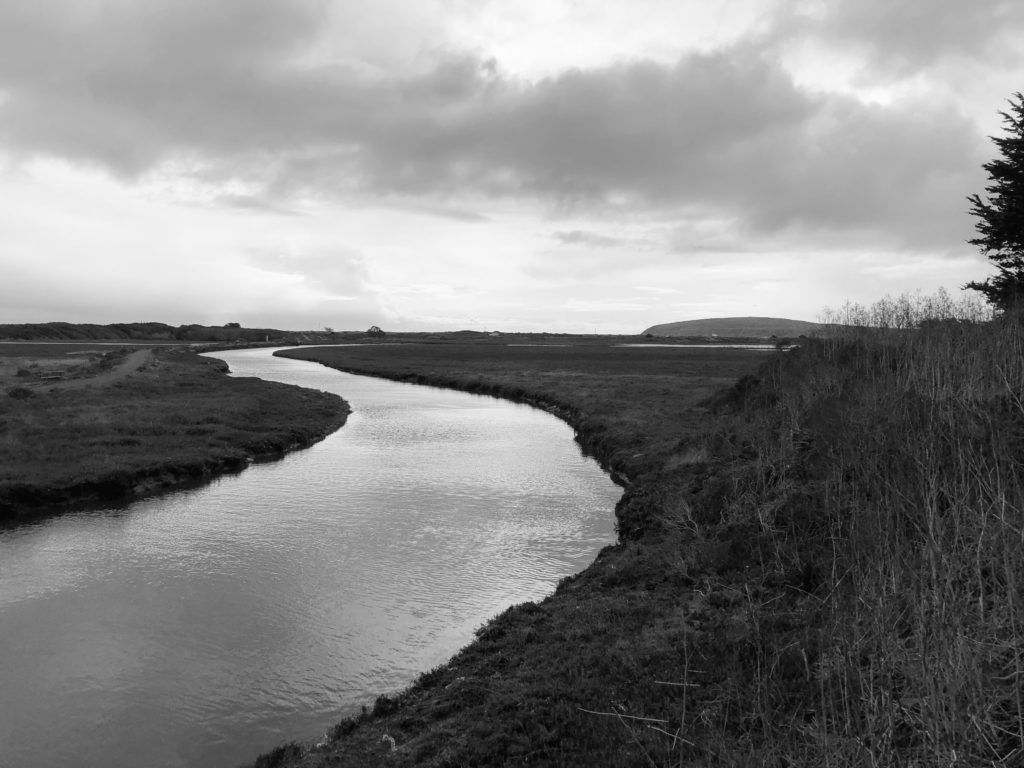You may have noticed that the months September, October, November, and December contain clues that they used to be at a different spot in the calendar: September was once seventh, October eighth, November ninth, and December tenth. You may also have heard that this was because July and August were added later, to honor Julius Caesar and Caesar Augustus, respectively, knocking the whole calendar askew in the process.
BUT DID YOU KNOW
…that this is a lie?
July and August weren’t additions to the calendar; they were simply renamed from Quintilis (5th month) and Sextilis (6th month). The renaming spared them the embarrassing fate that the following months suffered, spending eternity with misleading prefixes.
No, the reason for the shift is that the latest additions to the calendar were January and February.
Bear with me: the original Roman calendar had ten months of 30 or 31 days, starting with March and ending with December. This only took 304 days. The other 50 days in the lunar year were monthless.
Winter.
A time so dark and slow it didn’t even bear naming. Just the long wait until time would finally resume in March.
Eventually, the Romans deigned to allow time to go on, even in winter, and January and February were born.
I’m struck, though, by the notion of living without time, but only for a while. Now, we are able to free ourselves from day and night, winter and summer, through the magic of electricity. A single hour of a lightbulb’s worth of light from an animal-fat candle used to require 60 hours of work. For most average people, then, night was simply dark. There wouldn’t have been enough spare labor lying around to justify lighting the night. And in winter, the nights are long and dark. Imagine sitting inside, struggling to stay warm, in the dark, for sixteen hours a day.
That is life without time. That is a taste of eternity.

Now, I’m not an ancient peasant. 60 hours of my labor can buy me actual decades’ worth of light. My HVAC system means I can stay at 70 degrees all year long, if I want to, except if I dare to go outdoors. I should be immune to winter.
But I’m not. It gets into me anyway. It feels endless, especially when the frigid wind is whipping right into the seams of my coat, and when I’m taking the train only in disorienting darkness. When there’s no hint of living green, just brown and grey through bare trees. (West Coasters: you fortunate green-winterers don’t understand).
Maybe there’s some wisdom in letting this be non-time, rather than trying to count down the days until it ends. It’s just a pause, an empty lung, a long sleep.
Eventually March will come.
Credit once again to the History of English podcast for this fun fact about January and February.

